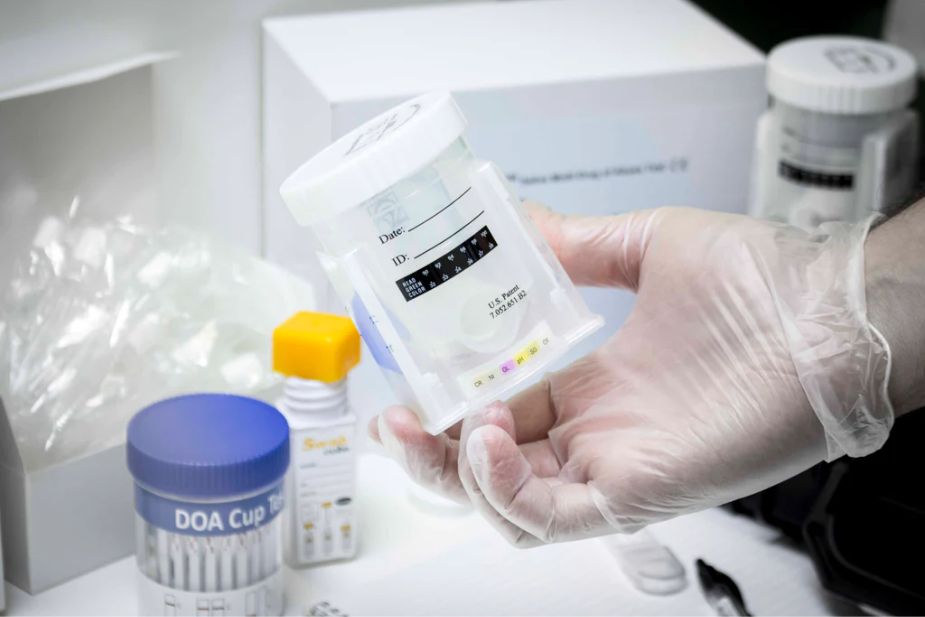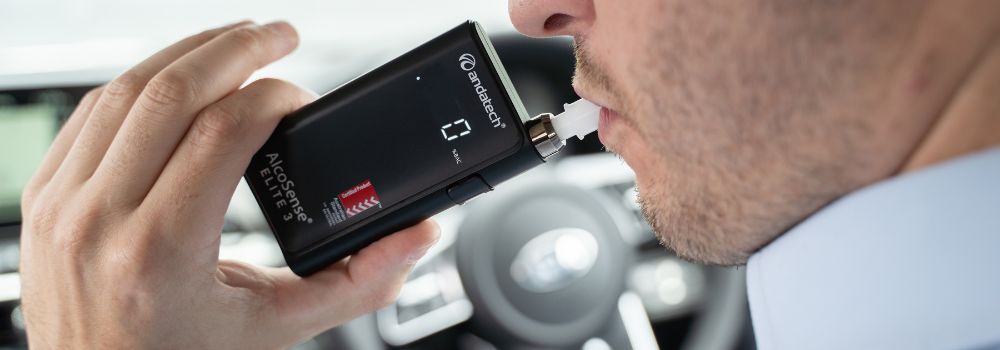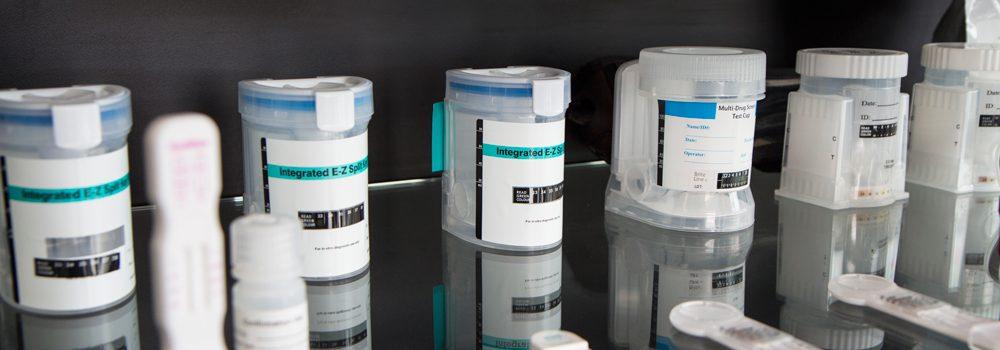Due to concerns in regards to privacy, urine collection is usually performed unobserved. With that being said, urine samples are prone to being adulterated in the following ways:
1. Sample Substitution
When a subject wants to avoid positive readings, subjects often substitute their urine with drug-free urine from another person, synthetic urine, or even urine from an animal. There is no real way to mitigate these instances, unless the person tasked with performing the test oversees the process.
2. Sample Dilution
There are many ways to dilute urine samples- water or other liquids are often added to urine samples in an attempt to dilute them.
Alternatively, subjects may consume large amounts of water, or “detox” products in order to dilute their urine. It should be noted that it is not completely known whether or not “detox” products will actually reduce the trace amounts of drugs within the subjects system, and their side effects (and benefits) are also often unknown. More often than not, these products usually have the same effect on urine as water does.
3. Sample Adulteration
Adulteration once the urine sample has been collected involves the addition of external substances that will directly interfere with the test results. Adulterants, including household substances (detergent, bleach, isopropyl alcohol, eye drops, and even vinegar), food items (soda and lemon juice), and chemicals that were commercially available (such as pyridinium chlorochromate, glutaraldehyde, and nitrite). These aforementioned substances have the potential to interfere with the detection of some (mind you, not all) of the drugs located within the test panels. An example of this would be pyridinium chlorochromate: this particular chemical has the potential to reduce detection of marijuana and morphine, but at the same time, it may increase sensitivity to amphetamines.
Glutaraldehyde is another compound that may produce false-negative results. Depending on the concentration used, glutaraldehyde may produce false-negatives for amphetamine, benzodiazepine, cocaine, methadone, and marijuana metabolites.
How to detect a tampered drug test
1. Physicochemical characteristics
Specific changes within the specimen’s appearance and odour would usually be the initial indications of sample manipulation. For instance, an excessive amount of fluid intake would dilute the subject’s urine, and produce a very clear, water-like urine sample. With that being said, there are even some detoxifiers on the market which contain niacin (also known as vitamin B3), which imparts a yellow colour naturally, and is not considered as an adulterant. Adulteration with vinegar, bleach, and alcohol can be detected by the distinctive odors they produce. Turbidity or excessive frothing indicates addition of detergents.
2. Spot testing for adulterants
For adulterant spot testing, there are various colourimetric reactions that may be used to detect the presence of specific adulterants. These adulterants are (but not limited to) glutaraldehyde, nitrite, and pyridinium chlorochromate. If potassium permanganate is added to urine that has been adulterated by nitrite, the colour of the urine would vary between pink and colourless, whereas if hydrogen peroxide is added to urine that has been adulterated with pyridinium chlorochromate, the sample would then turn into a brown coloured liquid.
3. Adulteration test strips
Several on-site adulteration detection strips and devices are commercially available- our SureStep 6-in-1 Urine Cup tests for adulterants such as nitrite, glutaraldehyde, creatine, and more.
How Can We Detect Adulterants?
As facilities and laboratories use several methods to detect and deter drug test tampering, cheating the system is incredibly hard- not to mention it’s completely unadvised. The percentage of being caught at the collection site or the laboratory is extremely high- labs update their testing methods regularly, and embrace new technologies that allows for more stringent testing. In addition, if the lab cannot definitively conclude that a specimen tests positive or negative, the donor may be required to resubmit a sample under supervision.
It is essential for laboratories to detect adulterated urine in the pre-analytical step, as many adulterants invalidate immunoassay screening tests. Although routine specimen integrity tests can detect most of the household adulterants except Visine eye drops and alcohol/isopropanol, adulterants containing strong oxidizing agents such as potassium nitrite, pyridinium chlorochromate require a different approach. Spot tests, specially designed urine dipsticks, as well as more analytically sophisticated methods such as chromatographic methods, are available in the toxicology laboratory to identify these adulterants. If a urine specimen is adulterated it must be documented and reported, but no further testing is necessary.
References:
- Journal of Clinical Ligand Assay, "Urine Adulteration and Substitution Prior to Drugs of Abuse Testing"
- Healthline, "What Causes Diluted Urine in Drug Tests and How to Prevent It"
- AACC, "How People Try to Beat Drug Testing"
- Oxford Academic, "Performance Evaluation of Three On-Site Adulterant Detection Devices for Urine Specimens"
- Journal of Analytical Toxicology, " Effects of Pyridinium Chlorochromate Adulterant (Urine Luck) on Testing for Drugs of Abuse and a Method for Quantitative Detection of Chromium (VI) in Urine"
- National Library of Medicine, "The effect of glutaraldehyde adulteration of urine specimens on syva EMIT II drugs-of-abuse assays"
- National Institutes of Health, "Niacin Fact Sheet"
- Science Direct, "Colorimetry"
- National Center for Biotechnology Information, "Appendix B. Urine Collection and Testing Procedures and Alternative Methods for Monitoring Drug Use"
- American Society of Addiction Medicine, "Appropriate Use of Drug Testing in Clinical Addiction Medicine"
- Ministry of Human Resources Malaysia, "Guidelines on Preventing and Responding to Drug and Alcohol Problems in the Workplace"
- ResearchGate, "Adulterants and drugs-of-abuse testing: an update"
Disclaimer: The information provided in this article is for general reference only. Please seek advice from professionals according to your business’s needs.
Written by Eugene Ng









